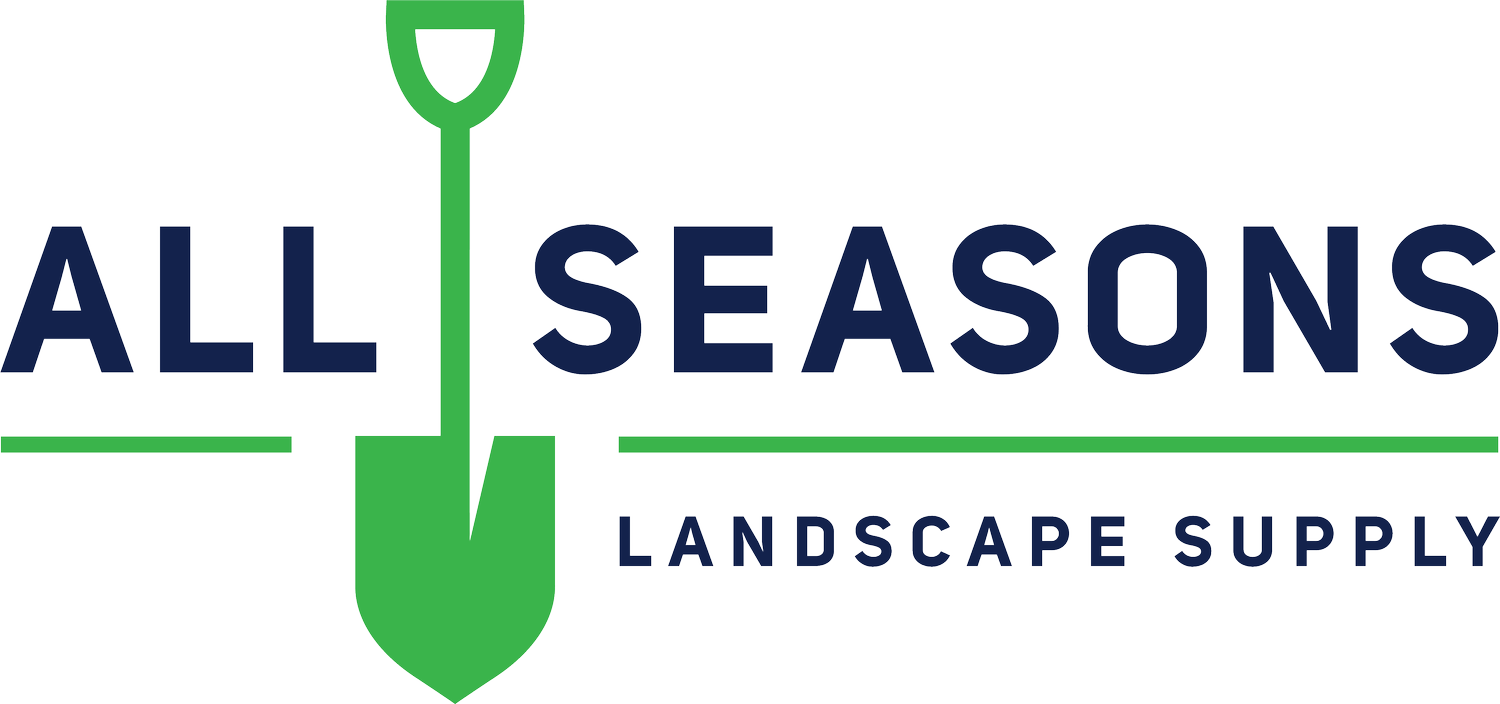Preparing for Planting Season
Have a Plan and Choose the Right Plants for Your Garden
When you’re planning your garden, it’s important to take time to figure out what kinds of plants will work best. You’ll need to consider the amount of sun and shade in your garden, as well as the type of soil you have.
Once you’ve got a good idea of the conditions in your garden, you can start planning what to plant. One of the most important things to consider when choosing plants for your garden is the amount of sun or shade the area gets.
If you’re not sure, take a look at the sun patterns in your yard throughout the day. If an area is in direct sun for most of the day, it’s considered full sun.
If it’s in direct sun for only part of the day, it’s considered partial sun. And if an area is in shade for most of the day, it’s considered full shade.
Knowing how much sun or shade an area gets will help you choose plants that will thrive there. Most plants need at least six hours of sunlight a day to grow well.
If you’re not sure how much sun an area gets, you can use a sun tracker to find out. The next thing to consider is the type of soil you have in your garden.
There are three main types of soil:
Sandy, clay, and loam. Sandy soil is made up of large particles and doesn’t retain water well.
Clay soil is made up of small particles and retains water well. Loam soil is a mix of large and small particles and holds water moderately well.
If you’re not sure what type of soil you have, you can do a simple test to find out. Take a handful of soil and add water to it.
If the soil forms a ball, it’s clay. If it forms a ribbon, it’s loam.
If it doesn’t form either, it’s sandy. Once you know the sun and soil conditions in your garden, you can start planning what to plant.
If you’re not sure what plants will do well in your garden, ask a gardener or visit a nursery.
Amend the Soil with Compost or Other Organic Matter to Improve Drainage and Fertility
This will help your plants grow strong and healthy and produce a bountiful harvest. There are a few things to keep in mind when you're amending your soil.
First, add organic matter to the soil's top 6-8 inches. This is the layer of soil where most of the plant's roots are located, so it's essential to ensure it's rich and fertile.
Next, be sure to till or loosen the soil before you plant. This will help your plants' roots penetrate the soil more easily.
Finally, remember to water your plants regularly. This will help them to thrive and produce a bountiful harvest.
Install Irrigation to Ensure Your Plants Get Enough Water During Dry Spells
If you're getting your garden ready for planting, one important step is to install irrigation. This will ensure that your plants get enough water during dry spells.
A few different irrigation options are available, so it's important to choose the one that best suits your needs. If you have a small garden, a simple hose or sprinkler system may be all you need.
You may want to consider a more sophisticated irrigation system for larger gardens. Installing irrigation is a relatively simple process, but it's important to do it right to ensure that your plants get the water they need.
If you're unsure how to install irrigation, plenty of resources are available online or at your local garden center.
FAQs about How to Get Garden Ready for Planting
What is the first thing to do before planting a garden?
Before planting a garden, the first thing to do is to till the soil.
What is the best way to prepare soil for a vegetable garden?
The best way to prepare the soil for a vegetable garden is to till the soil to a depth of 8-10 inches. Then, add organic matter such as compost or manure to the soil and mix it in well.
Finally, level off the soil and make sure it is free of any rocks or debris.
How do I break down my vegetable garden and get ready for next planting?
To break down your vegetable garden and prepare it for the next planting, you will need to remove all the plants, weeds, and debris. You will then need to till the soil to loosen it up and remove any remaining roots.
Finally, you must add fresh compost or manure to the soil to help replenish nutrients.
Conclusion
If you want your garden to be ready for the planting season, there are a few things you need to do. First, start by evaluating your soil.
This will help you determine what kind of plants will grow best in your garden. Then, create a planting plan and choose the right plants for your garden.
Amend the soil with compost or other organic matter to improve drainage and fertility. Install irrigation to ensure your plants get enough water during dry spells.
Put down mulch to help retain moisture and suppress weeds. By following these simple tips, you'll be sure to have a beautiful garden that's ready for springtime!
If you're looking for the best plants to add to your garden, look no further than our experts at Best Plants for the Garden. We can help you choose the right plants for your space and needs and prepare your garden for planting season. Contact us today to learn more!



